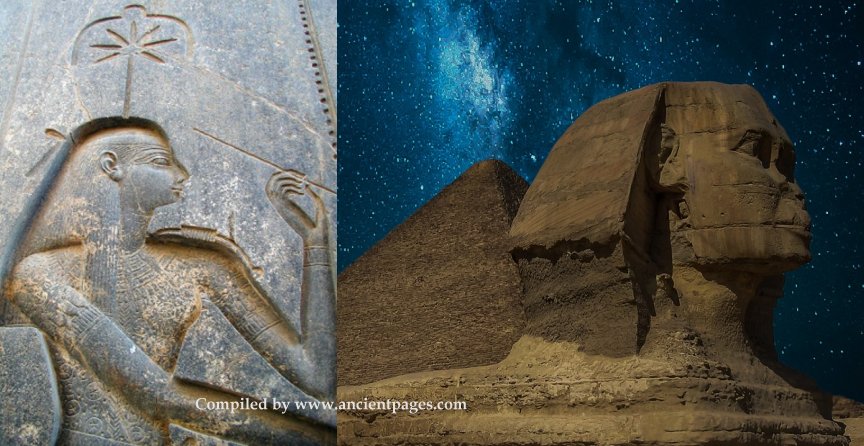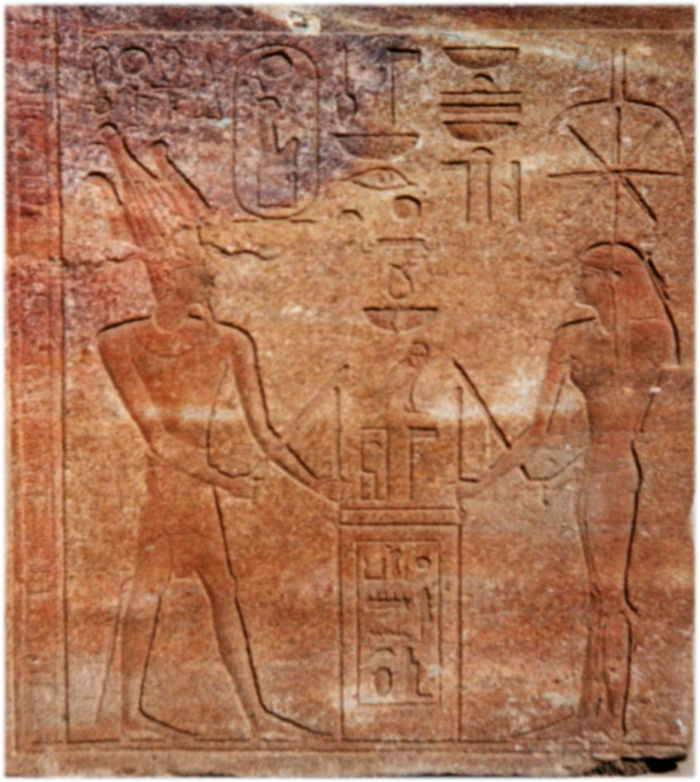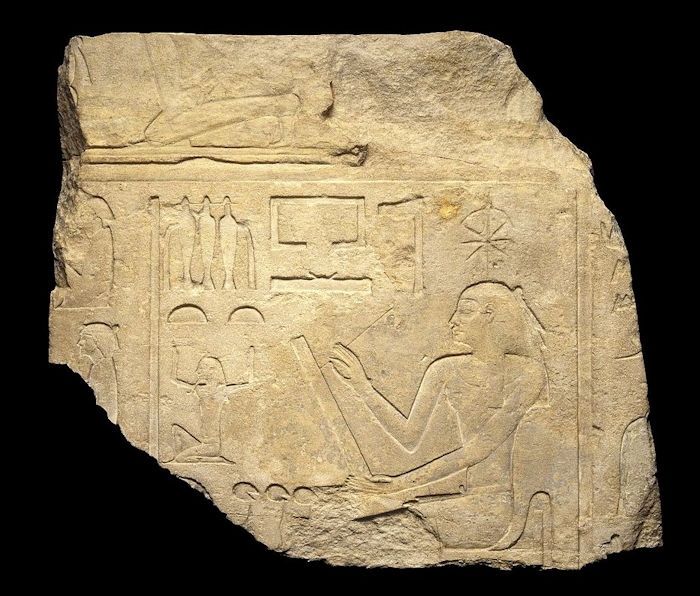Seshat: Goddess Of Astronomy Aligned Sacred Monuments To The Stars Long Before Imhotep
Ellen Lloyd - AncientPages.com - Known for her astronomical knowledge, Lady of the Stars, goddess Seshat played a vital role in the construction of sacred Egyptian buildings. She assisted the pharaoh in the Stretching of the Cord ritual to align the sacred monuments to the stars.
Why Was The Sacred Stretching Of The Cord Ceremony Performed?
The mysterious Stretching of the Cord ritual dates to very ancient times. It was performed by ancient Egyptian priests long before Imhotep built the Sakkara pyramid.
Imhotep was well-known for his intelligence and wisdom. Imhotep, or “he who comes in peace,” was an ancient Egyptian genius and the great architect of the world’s first known monumental stone building, the Step Pyramid at Sakkara.
As previously discussed on Ancient Pages, there is no doubt that Imhotep was a mastermind. Still, it remains unknown from whom he acquired his vast knowledge of astronomy and the art of stone masonry.
One possibility is that Imhotep was a member of the mysterious Shemsu Hor, who were followers of Horus. The Shemsu Hor were semi-divine kings in predynastic Egypt. According to sacred ancient Egyptian texts, the Shemsu hor were present in Egypt during the Golden Ages of the original divine kings, and they remained there long after these kings ascended back to the stars.
The Shemsu Hor inherited sacred knowledge of the pyramids, the Sphinx, and the surrounding energy fields.
In ancient Egypt, the orientation of the buildings was of great importance because the Pharaoh received his power from the Northern Stars.
The stretching of the cord ceremony in the temple of Karnak. Credit: Lothar Derstroff - CC BY-SA 3.0
The Pharaoh conducted the sacred ceremony, Stretching of the Cord, to orient the temples and tombs before building them.
Together with Goddess Seshat, the Pharaoh stood with a hammer in one hand and a pole in the other. Seshat held the same objects in her hands and pulled a cord wrapped between their respective poles.
The Pyramid Texts described the ceremony as: “I have grasped the stake…I take the measuring cord in the company of Seshet. I consider the progressive movements of the stars. My eye is fixed upon the Bull’s Thigh [Ursa Major]. I count off time…and establish the corners of the Temple.”
This method helped the pharaoh determine the location of the Northern stars from whence came his power and where his soul traveled. Possessing this vital knowledge, the Pharaoh was able to begin the construction of sacred buildings.
Goddess Seshat Could See In The Dark
Goddess Seshat, ca. 1919-1875 B.C.E. Brooklyn Museum. Credit: Charles Edwin Wilbour Fund - Public Domain
Intriguing Goddess Seshat was one of the most intelligent deities of ancient Egypt.
In some Egyptian accounts, Seshat is referred to as the wife of Thoth, the Egyptian God of science, literature, writing, and keeper of sacred books. In some texts, she is identified as his daughter and, at other times, as his wife.
She was known as Lady of Builders and patron of the sacred books and libraries.
To Egyptians, the number 7 was one of the most sacred numbers. Often depicted wearing panther skin and a headband with a seven-pointed star and bow, Seshat possessed the ability to see in the dark. Seshat also wore a golden tiara with a stem surmounted by a seven-pointed star.
One of her most important tasks was to record the years that each king reigned, and she was sometimes shown writing the king's name on the leaves of the Persea tree, a sacred tree in ancient Egypt.
According to Egyptian mythology, the Bennu bird was born from the flames of a burning Persea tree. The Bennu bird was similar to the Phoenix, the bird of immortality.
Goddess Seshat, a divine time-keeper, recorded calendar events by observing the cycle of the stars. Much of her knowledge was considered so sacred that it was never shared beyond the ranks of the highest professionals, such as architects and certain scribes.
Seshat, the goddess of accounting, architecture, astronomy, astrology, building, mathematics, and surveying was someone who would today be called a great scientist.
Updated on July 7, 2022
Written by - Ellen Lloyd – AncientPages.com
Copyright © AncientPages.com All rights reserved. This material may not be published, broadcast, rewritten or redistributed in whole or part without the express written permission of AncientPages.com
Expand for referencesMore From Ancient Pages
-
 Mysterious Ancient Human ‘Ghost’ Species Discovered With Help Of Saliva
Archaeology | Jul 25, 2017
Mysterious Ancient Human ‘Ghost’ Species Discovered With Help Of Saliva
Archaeology | Jul 25, 2017 -
 Elysian Fields: Mysterious Resting Place For Heroic And Virtuous Souls In Greek Ancient Beliefs
Featured Stories | Feb 20, 2020
Elysian Fields: Mysterious Resting Place For Heroic And Virtuous Souls In Greek Ancient Beliefs
Featured Stories | Feb 20, 2020 -
 What Was Legio Martia And Why Were The Roman Soldiers Called The Martians?
Ancient History Facts | Jan 5, 2018
What Was Legio Martia And Why Were The Roman Soldiers Called The Martians?
Ancient History Facts | Jan 5, 2018 -
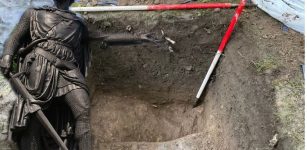 Most Important Road In Scottish History Found In The Garden Of The Old Inn Cottage Near Stirling
Archaeology | Nov 16, 2023
Most Important Road In Scottish History Found In The Garden Of The Old Inn Cottage Near Stirling
Archaeology | Nov 16, 2023 -
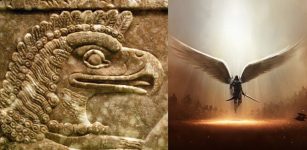 Apkallu – Seven Antediluvian Sages Created By God Enki – Were They The Watchers?
Featured Stories | Mar 27, 2019
Apkallu – Seven Antediluvian Sages Created By God Enki – Were They The Watchers?
Featured Stories | Mar 27, 2019 -
 Large, High-Elevation Cities Along Asia’s Silk Roads Exposed By High-Res Lidar
Archaeology | Oct 23, 2024
Large, High-Elevation Cities Along Asia’s Silk Roads Exposed By High-Res Lidar
Archaeology | Oct 23, 2024 -
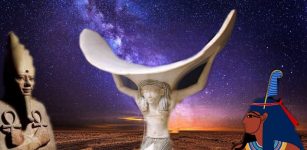 Shu: Egyptian God Of Air, Symbol Of Life-Giving Breath And The One Who Separates Heaven From Earth
Egyptian Mythology | Oct 23, 2020
Shu: Egyptian God Of Air, Symbol Of Life-Giving Breath And The One Who Separates Heaven From Earth
Egyptian Mythology | Oct 23, 2020 -
 On This Day In History: Albert Einstein Publishes His General Theory Of Relativity – On Mar 20, 1916
News | Mar 20, 2017
On This Day In History: Albert Einstein Publishes His General Theory Of Relativity – On Mar 20, 1916
News | Mar 20, 2017 -
 Secrets Of A Lake That Could Re-Write Ancient History Of America – Ancient Visitors From Distant Countries – Part 3
Civilizations | Jun 6, 2018
Secrets Of A Lake That Could Re-Write Ancient History Of America – Ancient Visitors From Distant Countries – Part 3
Civilizations | Jun 6, 2018 -
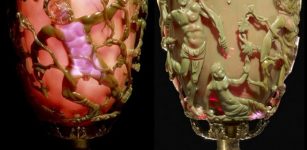 The Lycurgus Cup: Fascinating Artifact That Reveals Prehistoric Knowledge Of Nanotechnology
Ancient Technology | Aug 2, 2018
The Lycurgus Cup: Fascinating Artifact That Reveals Prehistoric Knowledge Of Nanotechnology
Ancient Technology | Aug 2, 2018 -
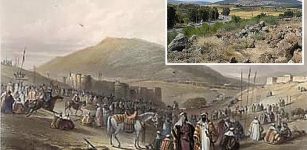 Ancient Thriving Market Of Khan al-Tujjar (The Merchants’ Caravanserai) Discovered In Lower Galilee
Archaeology | Feb 20, 2024
Ancient Thriving Market Of Khan al-Tujjar (The Merchants’ Caravanserai) Discovered In Lower Galilee
Archaeology | Feb 20, 2024 -
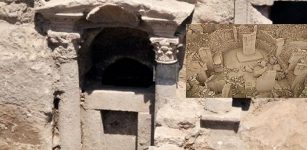 Kizilkoyun Necropolis: Excavations Of 2,000-Year-Old Rock Tombs Will Solve Mysterious Past Of Göbeklitepe
Archaeology | Sep 7, 2020
Kizilkoyun Necropolis: Excavations Of 2,000-Year-Old Rock Tombs Will Solve Mysterious Past Of Göbeklitepe
Archaeology | Sep 7, 2020 -
 Remarkable Ancient Windcatchers: Air Conditioning Systems Built Since Antiquity
Ancient Technology | Sep 3, 2016
Remarkable Ancient Windcatchers: Air Conditioning Systems Built Since Antiquity
Ancient Technology | Sep 3, 2016 -
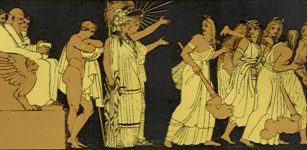 Legendary Furies – Angry And Monstrous Women Of The Underworld
Featured Stories | Dec 23, 2014
Legendary Furies – Angry And Monstrous Women Of The Underworld
Featured Stories | Dec 23, 2014 -
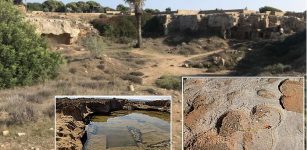 Rediscovery Of Lost Tombs And Quarries On A British Military Base In Cyprus
Archaeology | Mar 7, 2024
Rediscovery Of Lost Tombs And Quarries On A British Military Base In Cyprus
Archaeology | Mar 7, 2024 -
 Lost World Of Doggerland: Parts Of Britain’s Sunken Stone Age Atlantis Discovered
Archaeology | Jul 4, 2012
Lost World Of Doggerland: Parts Of Britain’s Sunken Stone Age Atlantis Discovered
Archaeology | Jul 4, 2012 -
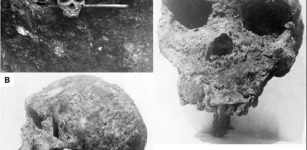 Evolution Puzzle – Broken Hill Skull And Homo Heidelbergensis Cast Doubt Over Modern Human Ancestry
DNA | May 29, 2023
Evolution Puzzle – Broken Hill Skull And Homo Heidelbergensis Cast Doubt Over Modern Human Ancestry
DNA | May 29, 2023 -
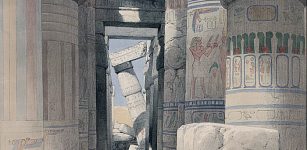 Karnak: One Of Largest Temple Complexes In The World And Its Spectacular View
Civilizations | Sep 5, 2015
Karnak: One Of Largest Temple Complexes In The World And Its Spectacular View
Civilizations | Sep 5, 2015 -
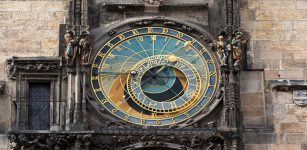 On This Day In History: Fascinating Prague Astronomical Clock Mentioned For The First Time – On Oct 9, 1410
News | Oct 9, 2016
On This Day In History: Fascinating Prague Astronomical Clock Mentioned For The First Time – On Oct 9, 1410
News | Oct 9, 2016 -
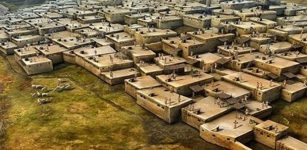 8000-Year-Old Prehistoric Çatalhöyük: Residents Were Buried In Their Homes
Archaeology | May 1, 2020
8000-Year-Old Prehistoric Çatalhöyük: Residents Were Buried In Their Homes
Archaeology | May 1, 2020

